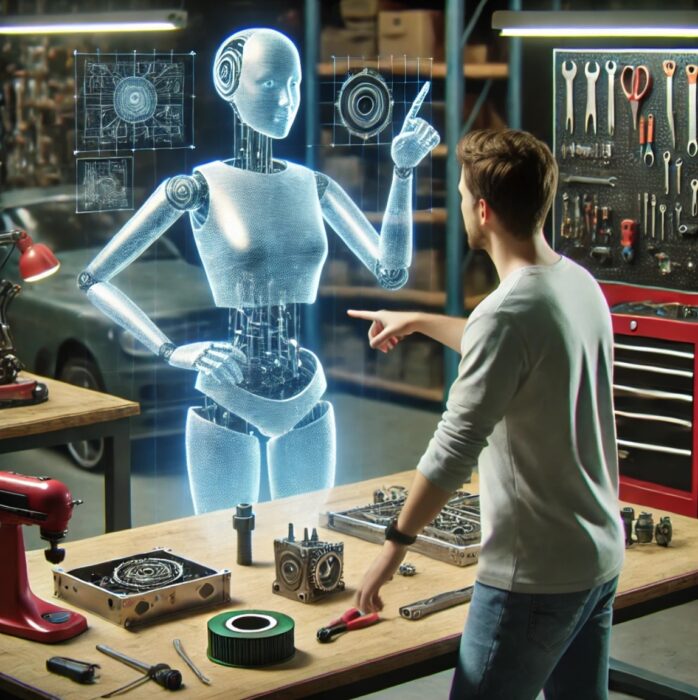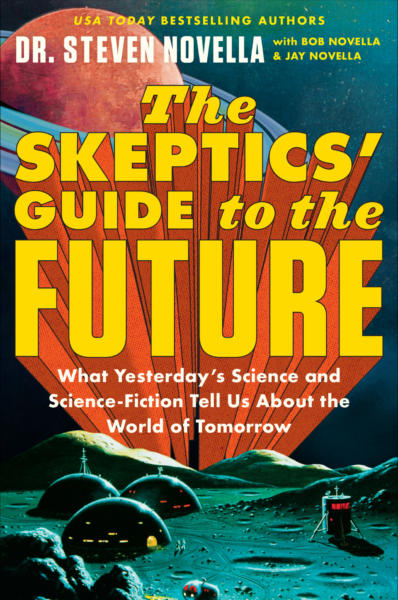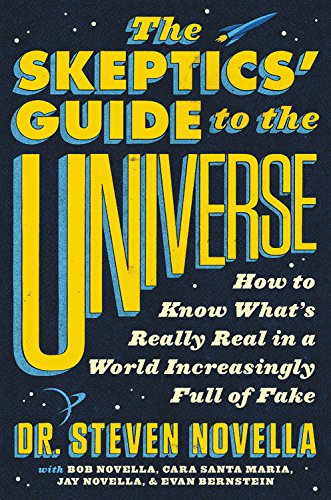Aug 08 2024
AI and User Manuals
 About half of Americans, when asked, report that they don’t read the user manual for new technical devices they acquire. Although I suspect that many people are like me – I read them sometimes, and then only partly. If there is a “quick user guide” I will often look at that. These are helpful quick summaries with just the critical bits of information you need. But often I give it a go by myself and then only consult the guide for troubleshooting. I do this partly because I want to see how intuitive the device or app is.
About half of Americans, when asked, report that they don’t read the user manual for new technical devices they acquire. Although I suspect that many people are like me – I read them sometimes, and then only partly. If there is a “quick user guide” I will often look at that. These are helpful quick summaries with just the critical bits of information you need. But often I give it a go by myself and then only consult the guide for troubleshooting. I do this partly because I want to see how intuitive the device or app is.
But of course there are situations where this approach is not adequate, especially when assembling something complex or using an entirely unfamiliar and complicated piece of technology. In these situations I find, most of the time (with a few happy exceptions) that the instructions are terrible. Sometimes they were clearly written by someone for whom English is a second language. Or the instructions are entirely pictoral (I guess to be language neutral). Other times it seems they were written by engineers who lack the ability to communicate effectively their arcane craft to the general public. I think this is why many people try to bypass the instructions – they are often terrible and frustrating.
In industry, however, this option may not exist. Further, the instructions may need to be highly technical, which is great if you are already an expert but may be challenging for most users.
This is where artificial intelligence enters the picture. Large language model AIs, like Chat GPT, can “read” material and then answer questions about that material, or even give a summary. I have used Chat GPT to analyze a scientific study, then asked it to find specific information within the study or explain certain findings, and it does pretty well. The idea, therefore, is to feed an entire technical user manual into an LLM and then ask it specific questions or have it give a summary or perhaps step-by-step guide.

 Let me start out by saying that I think the answer to that question is no – but this requires lots of clarification. This was, however,
Let me start out by saying that I think the answer to that question is no – but this requires lots of clarification. This was, however, 




